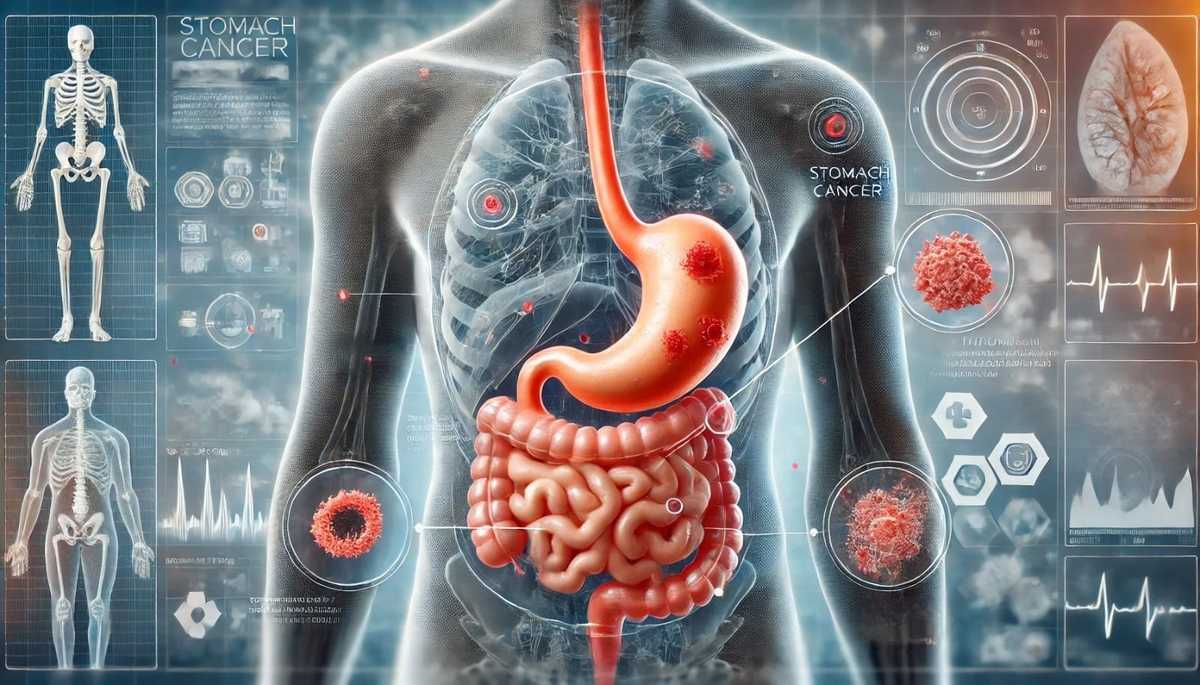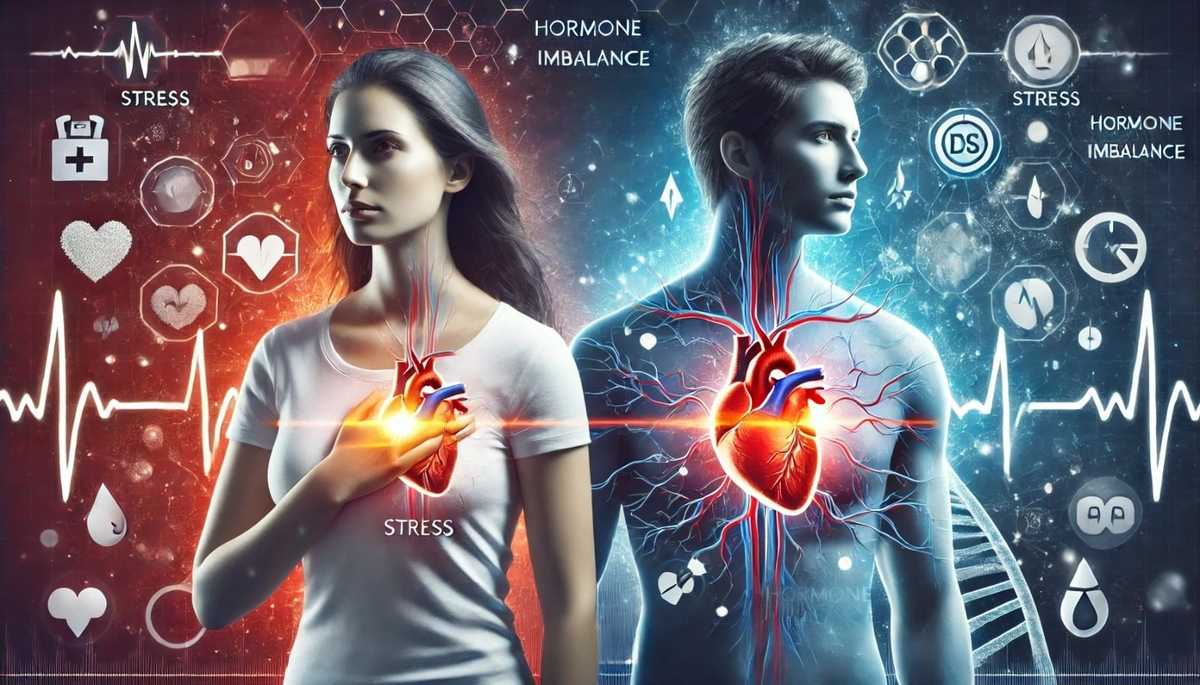The intricate dance of human interaction has long fascinated scientists. What makes us so adept at understanding others emotions and intentions? A path-breaking study by Northwestern Medicine in the United States has taken us closer to answering this question, uncovering new regions of the brain intricately connected to the ancient amygdala. This discovery opens exciting possibilities for improving treatments for psychiatric conditions such as anxiety and depression.
Human beings possess a remarkable ability to navigate social interactions. Whether interpreting a friend’s subtle facial expression or wondering if a comment may have upset someone, these skills are deeply ingrained in our daily lives. Scientists attribute this capability to a recently evolved part of the human brain called the social cognitive network.
This network operates like a highly advanced communication hub, allowing us to “step into someone else’s mind” and infer their thoughts and feelings. Such abilities are essential for forming relationships, building communities, and navigating complex social structures.
Dr. Rodrigo Braga, senior author of the study published in Science Advances, explained, “In essence, this network lets you imagine someone else’s perspective and make educated guesses about their emotions and intentions.”
But what makes this discovery unique is the revelation of constant communication between these advanced brain regions and the amygdala, a part of the brain often described as the “lizard brain” for its ancient evolutionary origins.
The amygdala is a small, almond-shaped structure buried deep within the brain. For decades, it has been associated with primal instincts, such as fear, threat detection, and basic social behaviours like mating and aggression.
In this study, the focus shifted to a specific part of the amygdala known as the medial nucleus. This region is not only crucial for processing emotions but also plays a significant role in social behaviours, such as forming hierarchies and parenting.
Previous studies had observed some level of interaction between the amygdala and social cognitive regions. However, this research is the first to demonstrate that the connection is constant. The social cognitive network and the medial nucleus of the amygdala are in a perpetual state of communication, enabling the brain to process emotionally significant social cues with incredible speed and precision.
The discovery also sheds light on the evolutionary history of the human brain. The social cognitive network is a relatively new addition to our neural architecture, highlighting its importance in helping humans become highly social creatures.
While other animals may exhibit social behaviours, the level of complexity seen in human social interactions is unparalleled. From understanding unspoken cultural norms to empathizing with strangers, these skills may have given humans an evolutionary edge, allowing us to form large, cooperative societies.
The study’s findings carry profound implications for mental health. Both anxiety and depression are closely linked to hyperactivity in the amygdala, which can lead to overwhelming emotional responses and impaired regulation.
For instance, someone with an overactive amygdala may struggle to manage feelings of fear, anger, or sadness, creating a cascade of negative emotions that can be difficult to escape. The newly uncovered connection between the amygdala and the social cognitive network offers a deeper understanding of how these conditions manifest and persist.
One of the most exciting aspects of this research is its potential to revolutionize psychiatric treatments. By better understanding the communication between the amygdala and the social cognitive network, scientists hope to develop therapies that target this connection more effectively.
Less-invasive techniques, such as transcranial magnetic stimulation (TMS), could play a crucial role in this endeavour. TMS is a non-invasive procedure that uses magnetic fields to stimulate nerve cells in the brain. With the knowledge gained from this study, researchers may refine TMS to improve emotional regulation in patients with anxiety or depression.
Moreover, this discovery could lead to more personalized approaches in mental health care. Instead of a one-size-fits-all model, treatments could be tailored to an individual’s specific neural activity patterns, enhancing their efficacy and minimizing side effects.
While the primary focus of this study is on anxiety and depression, its implications extend beyond these conditions. Disorders such as autism spectrum disorder (ASD) and schizophrenia, which involve difficulties in social cognition, could also benefit from these insights.
For instance, therapies designed to enhance the connection between the social cognitive network and the amygdala could help individuals with ASD better interpret and respond to social cues. Similarly, understanding how this communication breaks down in schizophrenia could lead to more effective interventions.
This research also underscores the importance of bridging scientific discoveries with public understanding. By increasing awareness of how the brain supports social interactions, we can foster greater empathy and reduce stigma around mental health conditions.
Educational initiatives could play a vital role in this effort, helping individuals recognize the biological basis of mental health challenges and encouraging them to seek support when needed. Additionally, policymakers can use these findings to advocate for increased funding for mental health research and services.
The study is a testament to the power of collaboration in advancing science. Conducted by a team of experts in neuroscience, psychology, and psychiatry, it highlights the importance of interdisciplinary approaches in addressing complex problems.
As Dr. Braga noted, “This discovery wouldn’t have been possible without the combined efforts of researchers from diverse fields working toward a common goal.”
The insights gained from this research could inspire similar collaborative efforts worldwide, fostering a global network of scientists dedicated to revealing the mysteries of the brain.
While the findings of this study are groundbreaking, they also raise new questions about the brain’s intricate workings. For example, how does the social cognitive network interact with other parts of the brain? Can these connections be strengthened through training or therapy?
Future research will likely delve deeper into these questions, building on the foundation laid by this study. The ultimate goal is to not only treat mental health conditions more effectively but also enhance our understanding of what makes us human.
The brain’s ability to navigate social interactions is one of its most remarkable achievements. This study offers a glimpse into the neural mechanisms that make this possible, revealing a constant dialogue between ancient and modern brain regions.
As we continue to explore the complexities of the human mind, discoveries like these remind us of the incredible potential of science to improve lives. By translating these insights into practical treatments, we can move closer to a world where mental health care is more effective, personalized, and accessible for all.
”The future of mental health lies in understanding the brain’s past and present. This discovery marks a pivotal step in that journey.”

 The future of mental health lies in understanding the brain’s past and present. This discovery marks a pivotal step in that journey.
The future of mental health lies in understanding the brain’s past and present. This discovery marks a pivotal step in that journey.










.jpeg)

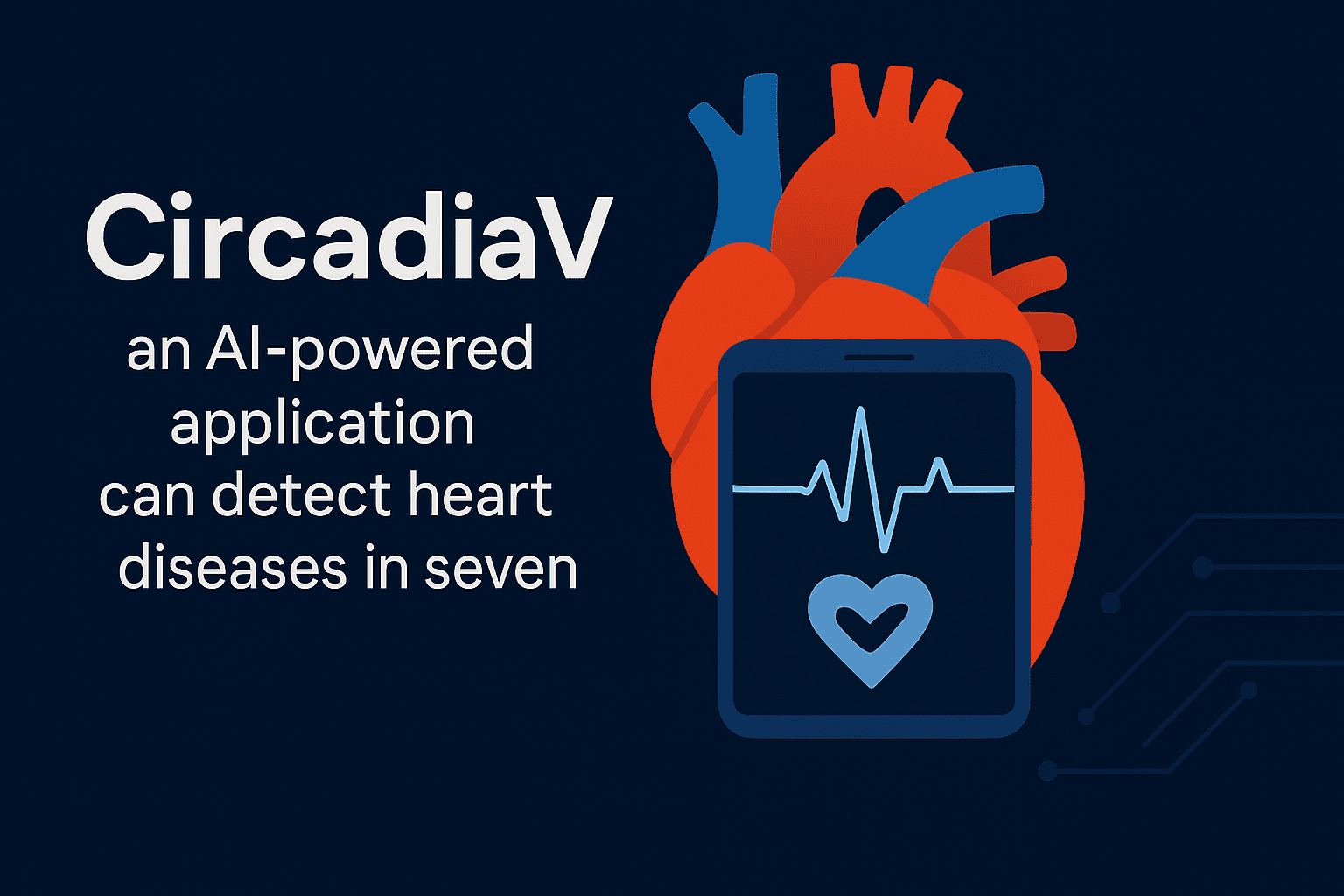

.jpg)
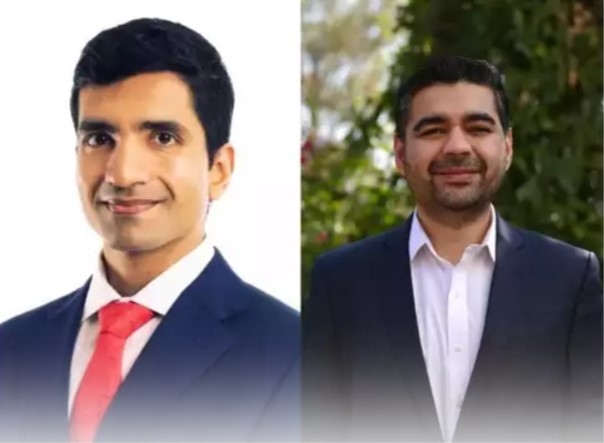

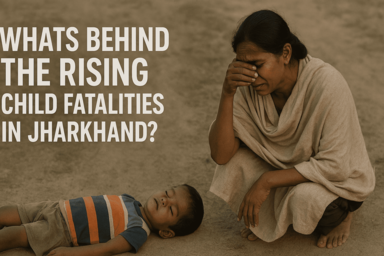
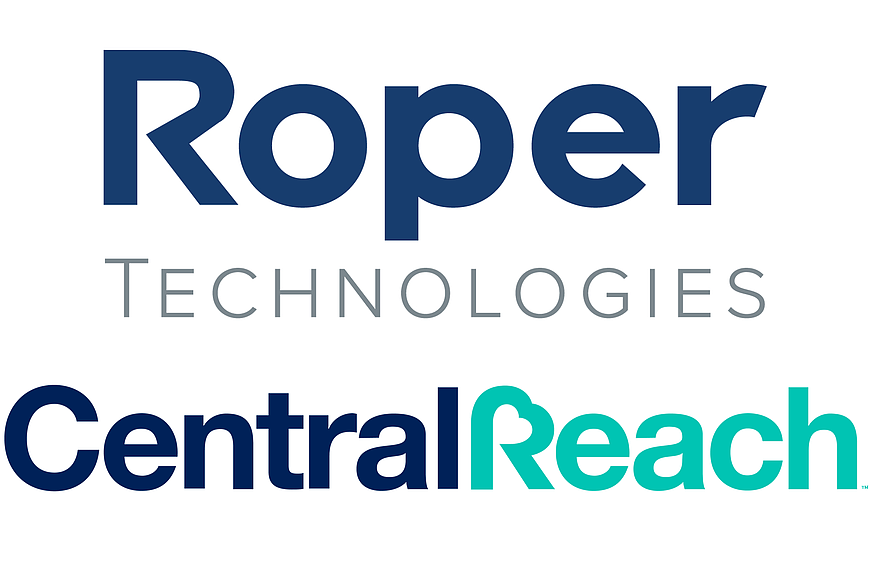
.jpg)





